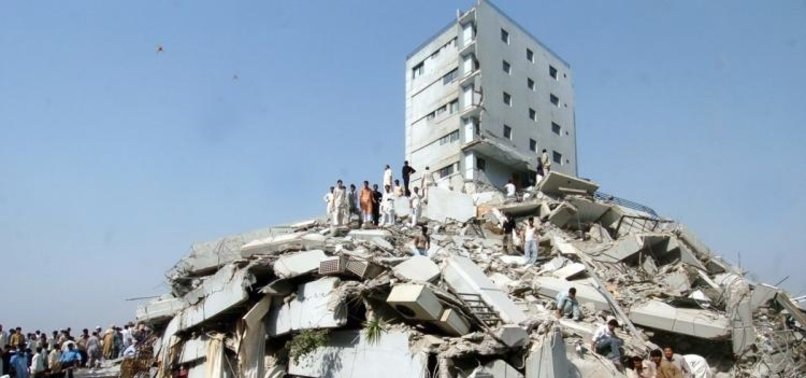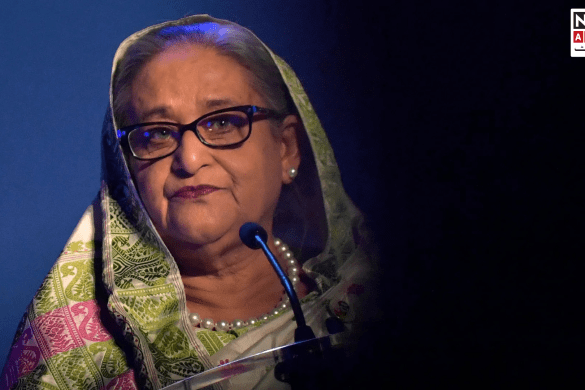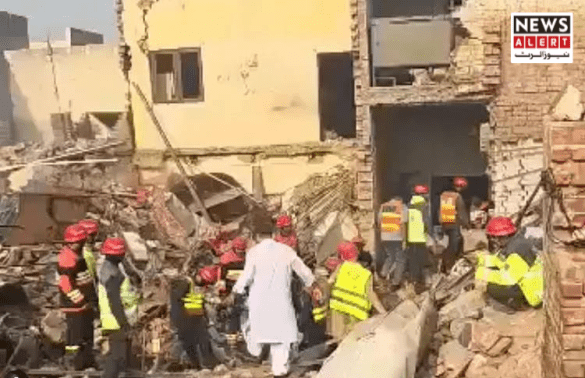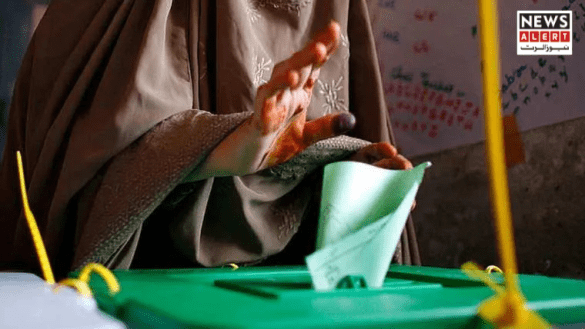The Day That Shook Northern Pakistan
On 8 October 2025, Pakistan marks two decades since one of the most devastating disasters in its history — the 2005 Kashmir earthquake. At 8:52 a.m. on that tragic Saturday morning, a powerful earthquake measuring 7.6 on the Richter scale struck northern Pakistan, shaking entire cities and villages across Azad Jammu and Kashmir, the Hazara Division, and parts of Khyber Pakhtunkhwa.
The quake’s epicentre was near Muzaffarabad, but its tremors were felt as far away as Kabul and New Delhi. Similar seismic activity has also struck other parts of Asia in recent months, such as the powerful earthquake in the Philippines that killed at least 22 people.
Within seconds, thousands of homes, schools, hospitals, and government buildings crumbled to the ground. Entire families were lost beneath the rubble, and bustling towns were reduced to dust.
A Nation in Mourning
The scale of destruction was almost unimaginable. More than 80,000 people lost their lives, and over 100,000 were injured. Around 3.5 million people were left homeless, according to official figures. In several districts of Azad Kashmir and northern Pakistan, more than 80 percent of infrastructure was destroyed.
Villages perched on the slopes of the Himalayas were flattened, roads disappeared under landslides, and communication lines were cut off. For days, rescue teams struggled to reach remote areas, many of which remained isolated due to collapsed bridges and blocked mountain passes.
One of the darkest aspects of the tragedy was the collapse of school buildings. Around 16,000 educational institutions were destroyed, killing thousands of children who had just begun their morning classes. More than 80 percent of the region’s health facilities also collapsed, overwhelming the surviving hospitals with a flood of patients.
Global Response and National Unity
As the scale of the disaster became clear, Pakistan launched what became one of the largest rescue and relief operations in its history. The Pakistan Army, local volunteers, and international aid agencies worked side by side in the devastated region. Countries including the United States, China, Turkey, and the United Kingdom sent rescue teams, helicopters, and medical aid.
The operation, coordinated by Pakistan’s newly formed Earthquake Reconstruction and Rehabilitation Authority (ERRA), provided food, shelter, and medical assistance to millions. It was also a moment of unity — with civil society, international partners, and ordinary citizens contributing to relief efforts in whatever way they could.
Despite limited resources and harsh weather conditions, the combined efforts saved countless lives. Many survivors still recall the sight of helicopters bringing food and blankets to snow-covered valleys cut off from the world.
Remembering and Rebuilding
Two decades later, memorial events are being held across Pakistan. In Muzaffarabad, schools and government offices paused for moments of silence, while survivors offered prayers for those who perished. Quran recitations and remembrance ceremonies are taking place in Islamabad, Rawalpindi, and other cities.
For many survivors, the pain of loss remains raw. “We rebuilt our homes, but not our hearts,” says Muhammad Farooq, a resident of Balakot who lost several family members in the quake. “Every year, this day brings back everything we lived through.”
The government has highlighted progress in reconstruction and disaster preparedness since 2005. Thousands of new schools and hospitals have been rebuilt with improved designs intended to withstand future quakes. Yet, experts warn that much remains to be done.
Lessons and the Road Ahead
The 2005 earthquake exposed serious gaps in Pakistan’s disaster management and urban planning. In its aftermath, the country established the National Disaster Management Authority (NDMA) to better coordinate responses to future emergencies.
While significant advances have been made in early warning systems, emergency response training, and public awareness, many analysts argue that Pakistan’s growing urbanization and weak infrastructure continue to pose serious risks. “Preparedness has improved, but vulnerabilities persist,” says Dr. Iqbal Ahmed, a seismologist based in Islamabad.
We cannot prevent earthquakes, but we can reduce their impact through better planning and resilient construction. The recent deadly earthquake in Afghanistan that killed over 800 people serves as a stark reminder that preparedness remains vital across the region.
Today, as Pakistan remembers the lives lost and the resilience shown, the tragedy stands as a reminder of both human vulnerability and the strength of collective recovery. The 2005 earthquake changed the course of the nation — and its lessons continue to shape how Pakistan faces the challenges of an uncertain natural world.















